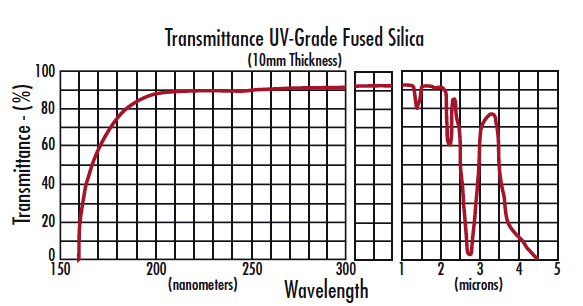Difference between talc and calcium carbonate filler
The first is the comparison of prices. The price of calcium carbonate is mainly affected by its particle size. The calcium carbonate filler is generally 300 mesh, 600 mesh, 800 mesh, 1250 mesh and 2500 mesh. The price of calcium carbonate with different particle sizes is also different. Generally, the smaller the particle size, the higher the price. In the plastic, 800 mesh and 1250 mesh are generally used, which can make the most cost-effective. The price of talcum powder is relatively stable. Generally speaking, the price will not be too big depending on the mesh. For example, the general price of 800 mesh is between 700 and 850 yuan, and the price of 1250 is 1000 to 1280 yuan. between. Second, it is compared from the effect of the filler. The shape of talc powder is flake-shaped, so it has higher rigidity, dimensional stability and heat-resistant temperature, and the reinforcing effect is good; calcium carbonate is generally granular, so its rigidity and other aspects are not as good as talcum powder. Talc can also be used as a nucleating agent to induce nucleation. In plastic production, talc has a nucleating effect on polypropylene, and calcium carbonate has no obvious effect in this respect. Finally, compare the affinity of water and oil. The surface of talc has a hydrophilic group and has obvious hydrophilicity; calcium carbonate is slightly weaker in hydrophilicity. In general paint production, the effect of using talcum powder is better than that of calcium carbonate. From the cost point of view, calcium carbonate production costs are lower, generally used in some papermaking industries; talc powder production costs are higher, talc powder filled polypropylene is mainly used in the automotive and aircraft industries, because talcum powder is given to this material High stiffness and creep resistance at high temperatures. Other advantages of talc imparting materials, as well as excellent surface quality, low mold shrinkage, and ease of processing due to the action of talc as a flow promoter. Through the above comparative analysis, we found that talc powder filler has a unique advantage, talcum powder in the field of filler industry is promising! High Precision Optical Glass Window Windows are optical glass with ground and polished faces that are relatively parallel.They are used to isolate two physical environments while allowing light to pass.Windows made of BK7 material have high transmission in the visible spectral region, do not scratch easily, do not degrade under normal operating environment and hence do not need any special precaution or treatment. Anti-Reflective Coating will provide higher transmission.
Windows at shape of round,quadrate, triangular or other polygonal are also available upon request.In addition, we provide a variety of single layer or multiplayer anti-reflecting coating,HR,PR coatings on Optical Windows.
Specification of our optical windows as follow: High Precision Optical Glass Window,High Purity Silica Windows,Optical Round Window,Standard Optical Windows China Star Optics Technology Co.,Ltd. , https://www.csoptlens.com
China Star Optics offers all types of windows made from different materials. Such as N-BK7, Fused silica, sapphire,CaF2, Silicon, Borofloat, high borosilicate glass and other optical glass supplied by Schott and Chinese CDGM are available upon request.

*Material:high borosilicate glass, BK7,UV-grade fused silica (JGS1) or other optical crystals materials
*Length tolerance:+/-0.01
*Width tolerance:+/-0.01
*Center thickness tolerance:0.005mm
*Surface quality:80-50 to 10-5 Scratch/Dig
*Surface flatness:<lambda to lambda/20
*Parallelism<=1min -- 2sec
*Clear Apenture:80% -- 100%